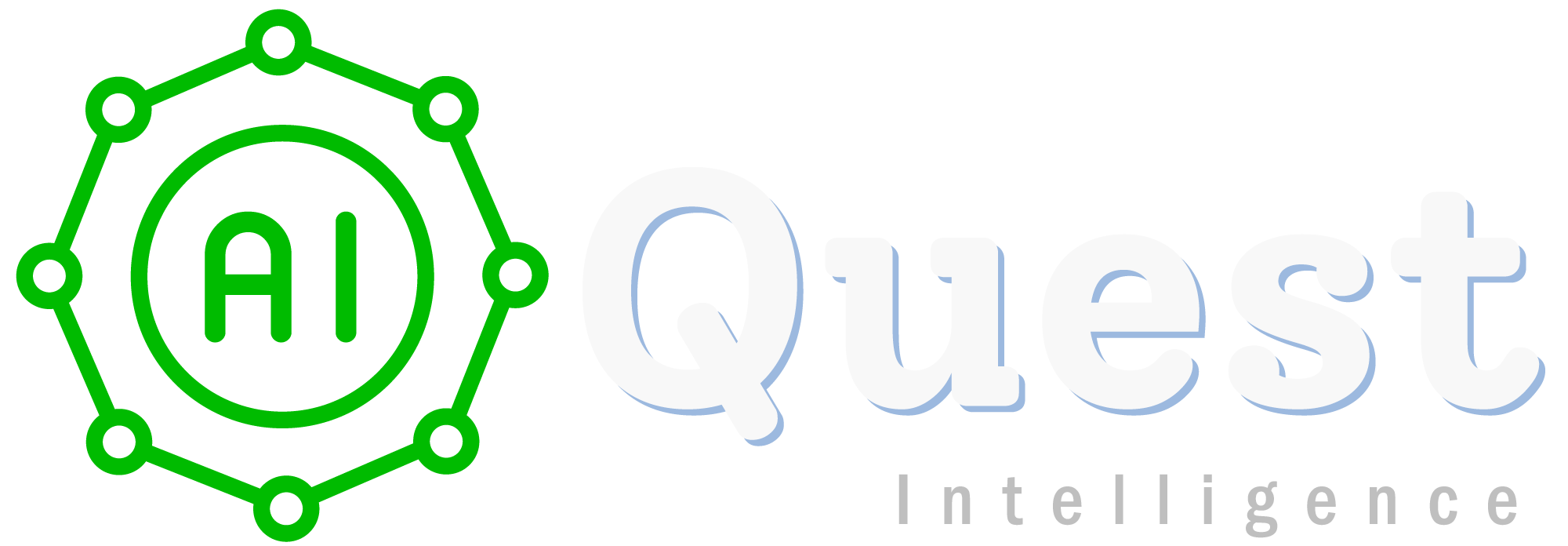Federated Learning is a machine learning approach that allows multiple devices or servers to collaboratively train a model without sharing raw data with each other. Instead of centralizing data on a single server or in the cloud, federated learning enables the model to be trained locally on each device, and only the model updates or gradients are shared with a central server or aggregator. This approach offers several benefits, including enhanced privacy, reduced communication costs, and the ability to train models on data distributed across multiple devices or locations. Learn Federated with Google.
Here’s how federated learning works in a nutshell:
Federated Learning involves several steps that enable multiple devices or clients to collaboratively train a model while keeping their data localized. Here are the key steps involved in federated learning:
1. Initialization:
– The process begins with a central server or aggregator initializing a global model.
– This global model is usually a pre-trained model or randomly initialized model.
2. Distribution:
– The initialized global model is sent to multiple devices or clients, each having its local dataset.
– These devices can be smartphones, IoT devices, or local servers.
3. Local Training:
– Each device performs training on its local data using the global model.
– The training is similar to conventional machine learning training, where gradients are computed using a loss function and backpropagation.
4. Model Updates:
– After local training, each device generates local model updates or gradients based on the training process.
– These updates represent how the local model has changed due to training on the device’s local data.
5. Aggregation:
– The local model updates from all devices are sent back to the central server or aggregator.
– The central server aggregates the updates from different devices using specific aggregation methods.
6. Global Model Update:
– The aggregated updates are used to update the global model.
– The global model is updated based on the aggregated information from multiple devices, reflecting the knowledge gained from the entire decentralized dataset.
7. Reiteration:
– The updated global model is sent back to the devices, and the process is repeated for multiple rounds.
– Each round involves local training on the updated global model, generating new updates, and aggregating these updates.
8. Convergence:
– Federated learning continues for several rounds until the global model converges to a satisfactory state.
– Convergence is typically monitored based on evaluation metrics or convergence criteria.
9. Deployment:
– Once the global model has reached an acceptable level of performance, it can be deployed for inference on new data.
– Devices can continue to participate in future federated learning rounds to keep the model updated as more data becomes available.
Federated learning allows devices to collaboratively improve the model without sharing raw data, making it a privacy-preserving and scalable approach for distributed machine learning scenarios. Federated learning involves many practical considerations, such as communication efficiency, security, and data privacy. Different frameworks and implementations may have additional steps or optimizations to address these concerns effectively.
Where to use Federated Learning:
Federated Learning is particularly useful in scenarios where data privacy and data locality are essential. Some applications of federated learning include:
1. Mobile Devices: When training machine learning models on mobile devices, federated learning ensures that user data remains on the device, preserving privacy.
2. Healthcare: Federated learning enables medical institutions to collaborate on improving models without sharing sensitive patient data.
3. IoT Devices: Devices in the Internet of Things (IoT) ecosystem can benefit from federated learning to improve their capabilities without transmitting sensitive data to external servers.
4. Decentralized Data: In cases where data is distributed across multiple locations and centralizing it is impractical or poses privacy concerns, federated learning can be a viable solution.
Performing Federated Learning with Python:
To perform federated learning in Python, you can use various frameworks like PySyft, TensorFlow Federated (TFF), and Flower. Here, we’ll focus on TensorFlow Federated (TFF) since it’s a popular choice:
1. Install TensorFlow Federated (TFF):
“`
pip install tensorflow-federated
“`
2. Define Your Model and Data Loading Functions:
Create your machine learning model as a standard TensorFlow model. Additionally, you’ll need functions to load data from different devices. For demonstration purposes, let’s assume you have two devices, each having its dataset.
3. Import Libraries:
“`
import tensorflow as tf
import tensorflow_federated as tff
“`
4. Wrap Your Model for Federated Learning:
“`
def create_federated_model():
return tff.learning.from_keras_model(your_keras_model, input_spec=your_input_spec)
“`
5. Define Federated Averaging Process:
“`
def federated_averaging(model, data):
return tff.learning.build_federated_averaging_process(model, server_optimizer_fn=your_server_optimizer_fn, client_optimizer_fn=your_client_optimizer_fn)
“`
6. Set Up Federated Learning Execution:
“`
def main():
# Load your datasets for different devices
device1_train_data = …
device2_train_data = …
# Wrap your model
federated_model = create_federated_model()
# Define federated averaging process
iterative_process = federated_averaging(federated_model, [device1_train_data, device2_train_data])
# Perform federated training for a certain number of rounds
for round_num in range(your_num_rounds):
state, metrics = iterative_process.next(state, [device1_train_data, device2_train_data])
print(‘Round {}: {}’.format(round_num, metrics))
if __name__ == ‘__main__’:
main()
“`
The above code is a simplified example of federated learning with TensorFlow Federated. In practice, you need to handle various data preprocessing, optimization, and security considerations. Please refer to the official documentation and tutorials for TensorFlow Federated for more detailed and comprehensive information on implementing federated learning with Python.
.

